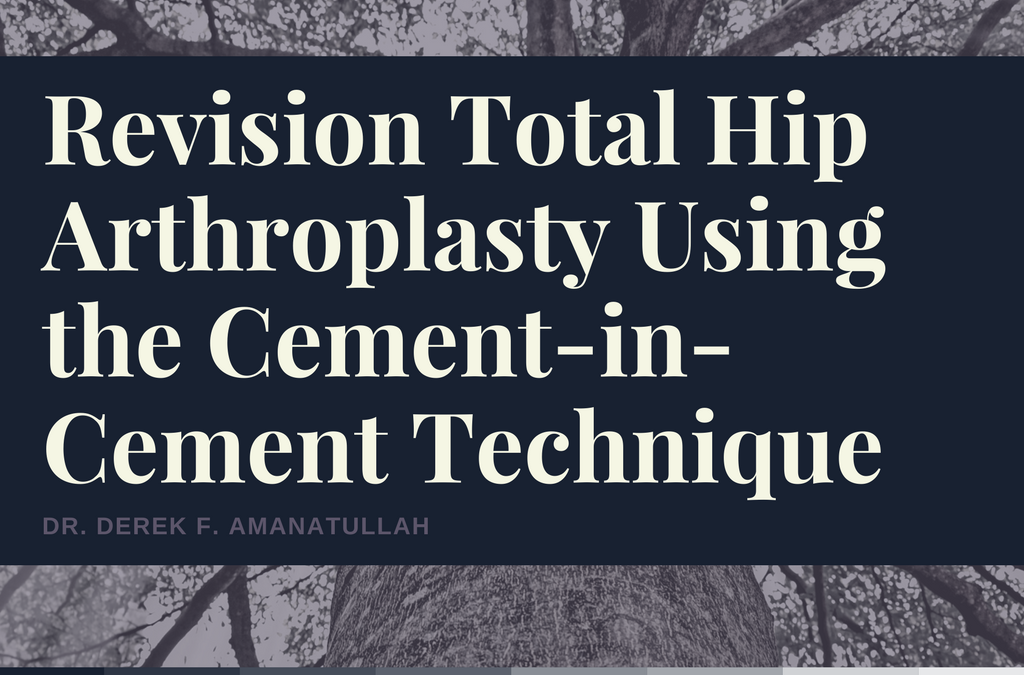Cement-in-cement revision total hip arthroplasty is a process by which a surgeon removes the femoral component of an original hip replacement from its cement mantle and replaces it with a cemented femoral component into the same cement mantle. A phenomenally powerful technique, cement-in-cement revision requires an intact interface and leaves the whole mechanism as strong as the previous cement-bone combination. This procedure is more common in Europe than it is in the US, so the process has not been improved much.
Derek Amanatullah and his team embarked on a retrospective study of database of patients from 1971 to 2013 to assess the clinical and radiographic characteristics of the cement-in-cement technique in the US. Having evaluated 63 cases in which the surgeon used the cement-in-cement method to revise a hip replacement, the researchers found that function was restored but complications were common. Post-op problems with the procedure included aseptic loosening of the acetabular component, fracture, and instability. In thirteen patients returned to the operating table, leading to a failure rate or 21%.
To read the full study, click here.


